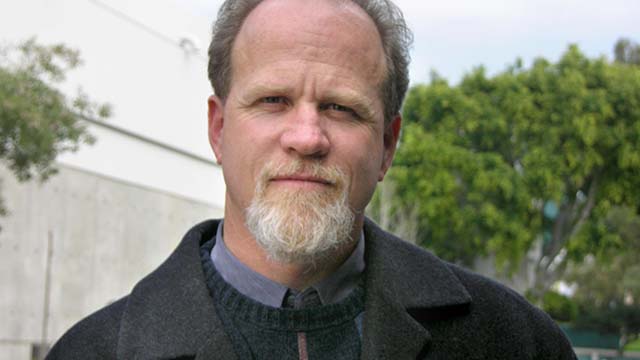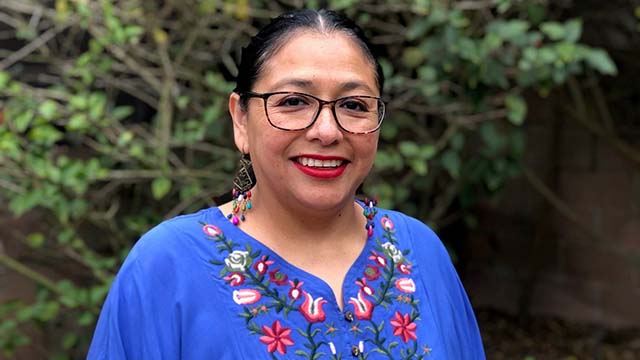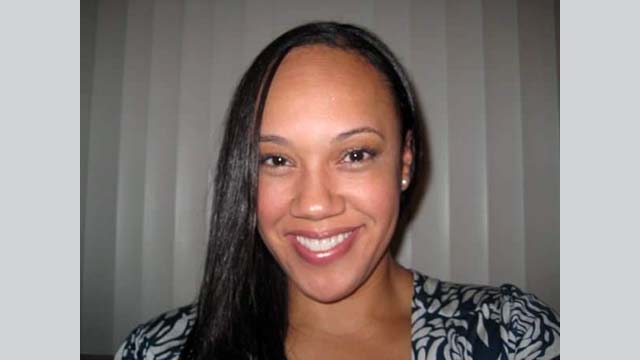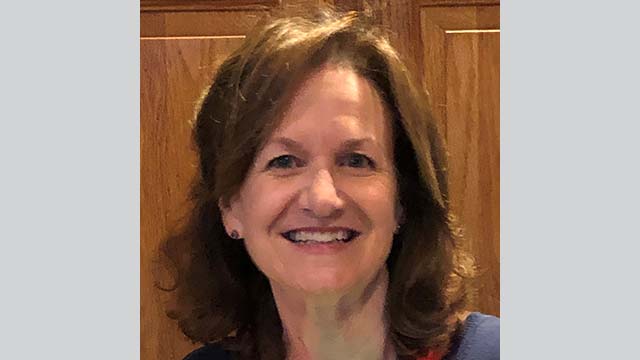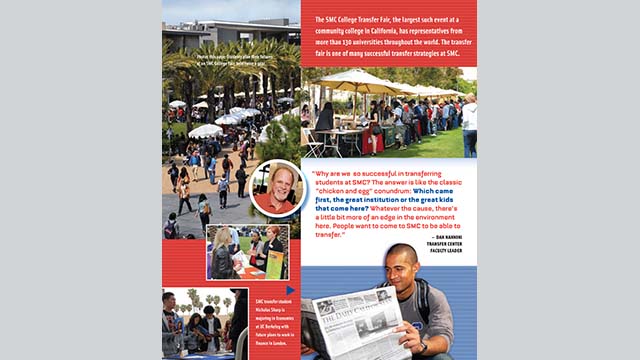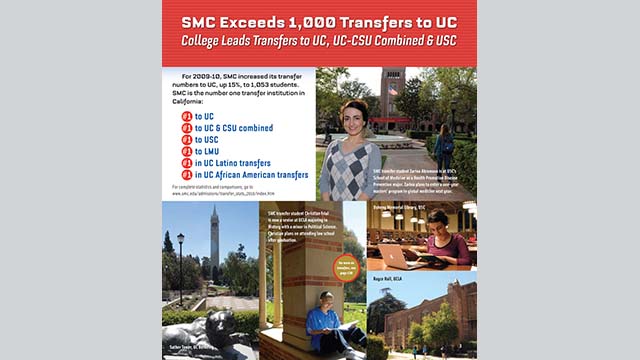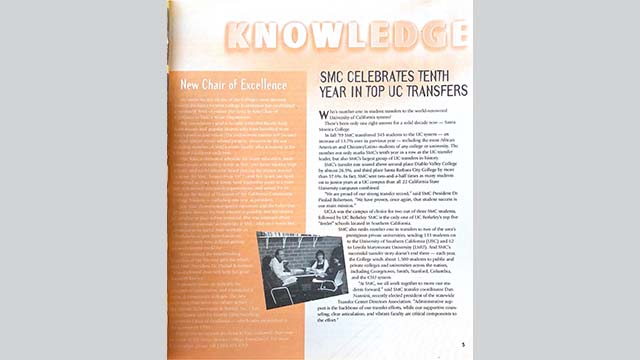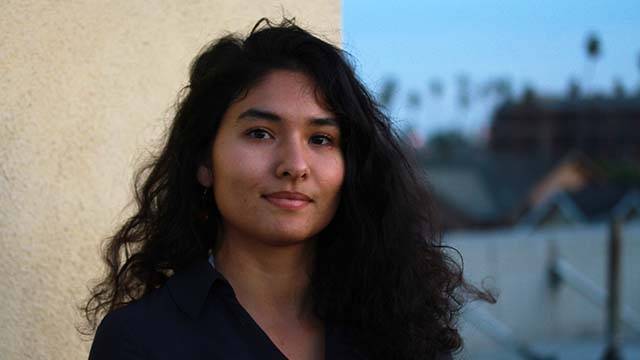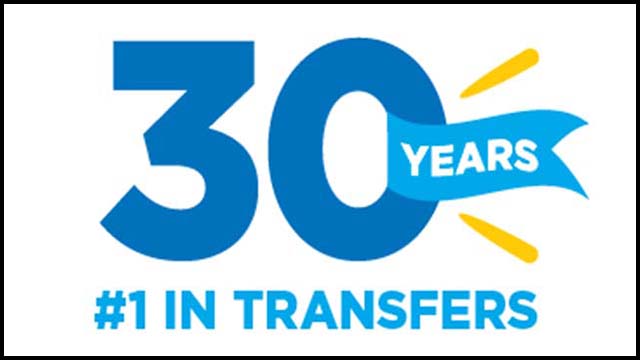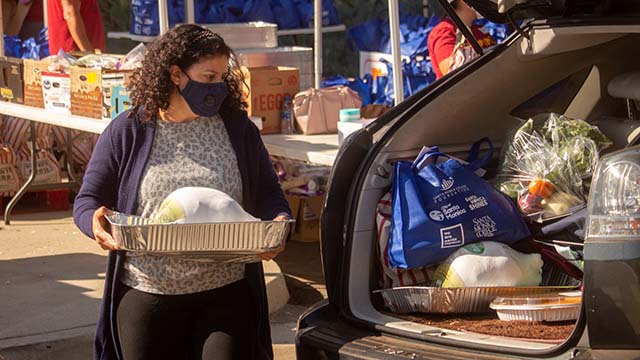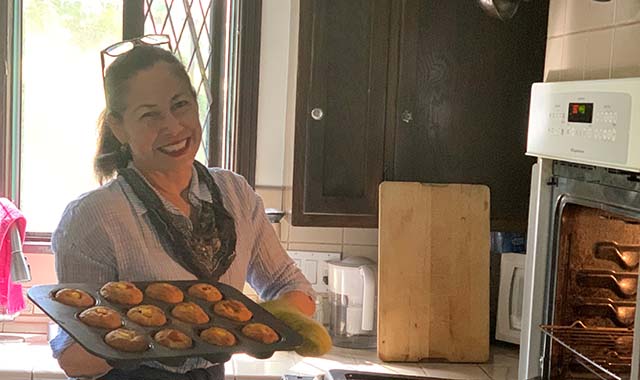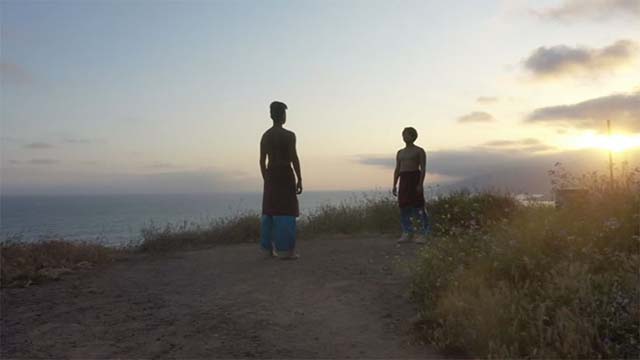What Makes a 30-Year Success Story?

In November 2020, Santa Monica College marked a landmark anniversary—an astounding unbroken 30 year-record as California’s number one transfer college to University of California. The good news roll included other stats that have grown familiar: SMC continued
to lead in African American and Chicanx/Latinx UC transfers, maintained the top spot
for transfers to USC & Loyola Marymount University, and remained the top feeder west of the Mississippi to the Ivy League Columbia University.
What goes into creating—and maintaining—the kind of culture that makes this success,
year after year, possible? And perhaps as important, what motivates those behind the
scenes? (Alert: tear-jerkers ahead). SMC in Focus talked to four transfer center leaders, past and present: Brenda Benson, who was SMC’s first transfer center director from 1988 to 1998; Dan Nannini, transfer center director from 1998-2015; Dr. Janet Robinson, transfer center faculty leader from 2016 to fall 2020; and Sara Nieves-Lucas, the current interim transfer center faculty leader (read more about Brenda, Dan,
Janet, and Sara in their brief bios at the end of the article).
SMC in Focus: There was a time when Santa Monica College was not number one in transfers, right? Take us back to that time. Tell us about the spark that led to saying, “Hey, you know what? We could do this.”
Brenda Benson: It may have predated me a little . . . I came onto the scene when Dr. Richard Moore (SMC’s Superintendent/President from 1974-1994) was spreading the word around campus
that he wanted us to be number one in UC transfers. He was very specific: for better
or worse, in his mind, the University of California was the best among the four-year
public institutions, and he wanted our students to go where he felt was the best.
About that time, a grant opportunity came about. Rocky Young (former SMC vice president Dr. Darroch “Rocky” Young, who retired as LACCD’s chancellor)
wrote that grant, in which there was an emphasis . . . not only to be number one
in transfers, but to make sure that our underrepresented students were transferring
as well. So from the very beginning, the focus was on our Black and Brown students.
I don't know if everyone knows that or not. That grant [was] really instrumental in
helping us be number one . . . it [gave] us a centralized person and place to focus
on transfer efforts.
The last thing I'll say, too, is Dr. Moore understood it couldn't be one person or
one department. It really did have to be an institutional commitment. So he generated
that kind of enthusiasm across the college and held everyone responsible: faculty,
custodians, gardeners, parking attendants. . . I think that's one of our secrets to
success.
SMC in Focus: So the grant was activated, this institutional commitment was lit, and then the first year SMC managed to achieve that goal of being number one in UC transfers. . . what was that like?
Brenda Benson: Oh, the first year that we managed to be number one . . . it was a big celebration. Dr. Moore knew how to inspire the faculty and to celebrate in a way that no one else didn't. He sent [like] 50 bouquets of flowers to people across the college. He [declared it] from the rooftops, making sure that everyone celebrated the achievement and shared some of that responsibility. It was a super exciting time. And you know what it did? It motivated us to want to work even harder to make sure that we kept that momentum going. We wanted it [for] the second year, we wanted it the third and now 30 years later . . .
SMC in Focus: Let’s contextualize: what was everyone being interviewed here doing in 1990?
Sara Nieves-Lucas: I was in high school. . . Estancia High School in Orange County.
Janet Robinson: I was also a sophomore in high school! Long Beach Polytechnic High School.
Dan Nannini: My daughter was born in 1989. My son was born in 1991— so I have very little memory of the year 1990.
Brenda Benson: I had a one-track mind . . . I think I was all SMC and I was all transfer. Now I want to go back to Dan a little bit—Dan, weren’t you my intern?
Dan Nannini: I was your intern in 1987.
SMC in Focus: Let’s fast forward to today. New things are always coming up, like this year’s virtual “TransferPalooza” (a multi-day ‘panic room’ to help students iron out last minute application-related things, like essays) because of COVID-19. Give us a look behind the scenes. What goes on until the point students get acceptance letters?
Sara Nieves-Lucas: I don't think this is new, but at the forefront of every conversation is . . .our students. I have seen from the transfer team (it includes Maria Bonin, Estela Narrie, and Erika Knox) that it’s never been about what’s going to make our campus look good; it's always, what are we going to do to make it easier for the students? How are we going to support them with all that's going on? What can we do to give our second chance students [another] opportunity to reach their goals? What can we do to give our Black and Brown students that dream of getting that university degree?
Janet Robinson: I totally agree. And I think to this day what Brenda alluded to—that everybody does transfer—is still the case. Transfer is a collaborative effort across campus. Yes, there is a team of people affectionately referred to now as “Team Transfer”, and they are at the helm steering the ship, but others are also involved. For example, on the day of an on-ground college fair, marketing and social media help promote the event, the groundskeepers help the quad look beautiful, which adds to the energy and ambiance. Then of course you've got the instructional and counseling faculty who are getting our students prepared and ready for transfer, plus the classified staff play a critical role. It’s exciting. There are so many different counseling [offices] across the campus and transfer is the common thread that weaves through. It impacts every student no matter what they're pursuing. Not every SMC student wants to transfer, but there are a lot of people that intentionally come to SMC because transfer is a part of our moniker.
Dan Nannini: What we do as transfer directors is not only helping the students, but helping the counselors help the students, you know? The constant professional development of, “Okay, here comes the application again. Here's what policy is changing with the UC and the CSU,” and staying on top of that information. We hear counselors at other schools say they still use our memos to help their students. Our counselors are confident about where they can go to get the right information.
The second thing that was a big part of my time was going to professional development opportunities offered by the University of California and making sure to clarify their rules, regulations and policies and even turning around sometimes and saying, “You know, this isn't fair to transfer [students] and here's why.” That's an important part: “speak to power”. Sara can tell you some funny stories because there were times when people go, “Oh, he’s coming into this workshop. So now we're in trouble.” Brenda started that by going to [these events] and helping [co-author] the statewide transfer center guidelines/minimum standards.
My involvement with bringing IGETC (a series of courses that California community college students can complete to satisfy freshman/sophomore level general education requirements to transfer to UCs) into fruition was again because [someone decided] “We need some representatives from community colleges . . .let’s get that loudmouth from Santa Monica on the committee.”
Sara Nieves-Lucas: If [you hear] anything out of this whole group, it’s [advocacy]. They are advocates for the student who doesn’t understand policies or procedures, or anything that's keeping them from transferring.
Brenda Benson: I just love everything that has been said. To take it one step further: it is also about making relationships between the two-year and the four-year institutions. Like Sara said, we collectively and individually want to advocate for our students. Often, what happens in April is that students start getting their acceptances, but some get denial letters, and some of those denial letters are not appropriate. And that's where we call upon our relationships with those four-year partners. We pick up the phone and we advocate for that student or we [point out] that error.
SMC in Focus: So what are just a couple more factors that go into delivering this transfer success, speaking strictly in terms of numbers, year after year?
Janet Robinson: Most community colleges offer workshops, but I don't know that they offer them at the level that we do. There have been times that SMC offers almost 100 workshops! On top of the formal workshops, there are classroom presentations because a number of professors will invite us into their classrooms to speak (Counseling 20, Student Success Seminar) in particular, but not exclusively. I've had Business and English teachers ask me to come to their classroom. I think the number and the breadth of workshops that we offer to students is a big factor.
We also maximize time at the beginning of all workshops: by showing students where to find information on the website, we share handouts, we point them in the right direction for other campus resources, such as the Writing & Humanities Tutoring Center.
Sara Nieves-Lucas: Dan was the first to give me the opportunity to bring my story into the classrooms, to the Counseling 20 students. “Share You,” he said. “You’ve got to share your story.” That’s where I felt I made the most impact as a counselor. I thrive on sharing my story because I hope that at least one person can identify with my story. Then I've got one more person getting ready to transfer.
SMC in Focus: We’re number one in African American and Chicanx/Latinx transfers. But the numbers could use improvement . . . so as you look ahead, and perhaps even speaking from the past perspective, what are some of the things SMC has done or is doing to improve transfer rates especially for racially minoritized students?
Janet Robinson: Being the first person of color to take on this role, I felt motivation to accomplish that. I think collaboration is [key]. We have strong outward-facing collaborations with our institutional partners, but we also collaborate on campus with colleagues [in other departments]. We take workshops to special programs such as EOPS, Black Collegians, and the Latino Center. They were given the choice of choosing from a suite of existing workshops that we already offer, but we also ask counselors what questions come up most often so that we can tailor a workshop specifically related to their questions.
Then, of course, thinking more about collaborations with HBCUs and doing more there. Educating counselors and students more about [those schools].
Sara Nieves-Lucas: I think if you look at this picture here [the Zoom meeting screen], it's pretty diverse. We had the first female to do this, then the first male and now the first African American and then the first Latina, right? All of us represent the students that we want to see succeed. I draw a lot from my transfer experience. I believe in my story and that a lot of our minoritized students have stories to share. There are a lot of different reasons why they may or may not be transferring and that's my job: what can I do to better support them and continue the legacy that everybody here has started? To continue to go into special programs, show first generation, low-income students that they can transfer and reach their goal. It takes a village to transfer a student.
The other thing we experience is a view of how inequitable [society] is with technology, food . . . all these things. We cannot go forward the same way. We need to change things . . . to make it better for those students who need to be at the same level as everybody else.
SMC in Focus: Has SMC always been number one in UC transfers for African American and Chicanx/Latinx students?
Brenda Benson: I would have to go back in my records to see . . . I want to say probably for the majority of the years we were, but our numbers absolutely were not what they should have been. They were embarrassingly low many years, [even as] they were the highest in the state. [I want to add] an underscore to what Sara just said. Making sure our students have holistic support especially now with basic needs, mental health, all these things are critical in whether or not a student can transfer. And then Sara is so true about being a role model. Having Sara and Janet before Sara, that's so powerful, you know? Our students look to these women as role models. I chaired Sara’s Evaluation Committee and I watched her share her story . . . the students were just on the edges of their seats. Her story is a moving one, it's one that motivates students and helps them realize they can do it, [too]. It's so powerful to witness.
SMC in Focus: What does this mean to you personally—as human beings, as professionals? The work you do here.
Brenda Benson: It's meant everything, because transfer means opportunities for students who may not have had those opportunities. It touches me deeply . . .it's about more than being number one because it represents each individual student and the chance for a better life and better opportunities for themselves and their families.
Dan Nannini: I hadn't thought of this for a while . . . for me it was watching my mom go to community college in the mid-sixties. That first wave of women's rights, you had people who said, “There's more to life than raising children and being a wife.” In 1965 my mom [went] to El Camino College with the dog in the car because of the Watts Riots. It was hard because she still had small children at home. She had a husband who still wanted dinner on the table at six (To my dad's credit, he also said, “Yeah, you need to go through this.”). And I went to her college graduation in ‘72 or ‘73 at Cal State Dominguez Hills.
All of our students, like Brenda says, have different stories. Some are new immigrants; some are returning to college. Some have to change their lives because of divorces and all these other factors. Community college is this really interesting place. I was a counselor at UCLA beforehand. . . [students who] come through the gate [there] might have stories, but not like we have in the community college.
I'd have to say it was never about number one. It was always about doing what you needed to do next for the next group of students. You never had a moment’s rest because the numbers came out in the middle of the fall semester. And it's like, “Okay, that's great. But it’s application season right now,” And I don't have time to enjoy it because I'm working on next year already.
Janet Robinson: My mom was a single parent following a divorce. She put all of us through college—I’m the youngest of four. She attended community college. I remember her taking me to class with her. She graduated, became a nurse, and moved us to California [from Michigan], and she's been my inspiration. There’s a saying from Maya Angelou, “I come as one, but I stand as ten thousand.” That quote reminds me about my ancestors and all the people who died just for me to be able to pursue education. . .
I've battled with imposter phenomenon all my life. But if you really care about access, equity and helping people, then when you get an opportunity, it’s bigger than you. You step up and do what you can. And so I’m representing my family, my community, and SMC. Another saying that I've always loved is, “Lift as you climb.” Remembering that with every step you take, you must reach back and bring somebody or open up the doors for other people to come through as well.
Sara Nieves-Lucas: You are all making me cry here . . . As I said before, this has been my dream as an undocumented immigrant. This is what we came for . . . to reach those goals. But I think for me, it represents so much more. It represents the naysayers. It represents the people that told me I couldn't. Why should I? What kind of Mexican daughter are you for wanting to continue your education? Like Janet, I come from a single parent household. My mom still cleans houses. She speaks Spanish, and half of the time I'm translating for her. Then having my kids see me . . . I tease my friends because I say, “If you need an extra person to do an IGETC workshop, my kids can do it now.”
It's seeing a person who came to this country and [who was] told no for the longest time representing a community college that's number one in the state. . . [that] is the epitome. I worked so hard to be here. We're here to make this place better.
* * *
Brief bios follow:
Sara Nieves-Lucas, M.A. Sara was born in Atemajac De Brizuela, Jalisco, Mexico. She was brought to the U.S. at the age of six, which is when her passion for immigrants began. She grew up in Orange County, California. Sara received her Associate’s Degree in Liberal Studies from Orange Coast College in 1996, her Bachelor’s Degree in Cultural Anthropology in 1998, her Master’s Degree in Education with an emphasis in Multicultural Counseling from San Diego State in 2005, and she is currently working on her Doctorate Degree at Cal Poly Pomona. She is a mentor, advocate, and an activist for the undocumented community. She is passionate about all things transfer. Prior to SMC, Sara worked for UC Santa Barbara as a Regional Admissions Counselor until 2011. Sara became an adjunct counselor for Santa Monica College in 2005 and in 2015 became a full-time counselor. She currently serves as the Interim Transfer Center Faculty Leader.
Janet Robinson, Ed.D. After receiving her M.S. degree from CSU Long Beach, Janet began her counseling career in EOPS at Citrus College in Glendora, CA. She joined the SMC family in 2010 as an adjunct counselor in the Black Collegians Program and became a full-time counselor in the Health Sciences Department in 2011. She served as SMC’s Faculty Leader for Transfer starting in 2016 and assumed the role of Interim Dean of Counseling in October 2020. Janet has a B.S. degree in Business Administration from UC Berkeley and completed her Ed.D. in Educational Leadership from CSU Long Beach in 2018. Janet lives in Long Beach and enjoys running, hiking, and yoga.
Dan Nannini was created and born in Las Vegas, Nevada, in 1958, when they were still doing above ground nuclear testing, which explains a lot(!). Okay, maybe not that far back . . . Dan Nannini attended El Camino Junior College, transferred to UCLA where he played soccer and subsequently graduated from UCLA with a History degree in 1981 (maybe too many head-balls is the other explanation). He earned an M.S. in Counseling from CSULA in 1987, while counseling students at UCLA. He moved over to SMC in Fall 1988, and served at the Transfer Faculty Leader from 1998 to 2015. He retired in 2020, but just like Michael Corleone said in The Godfather III, "Just when I thought I was out, they drag me back in!"
Disclaimer: This bio was submitted by Dan (!).
Brenda Benson recently retired from Santa Monica College after 35 years as both a counselor and senior administrator in Student Affairs. She is known as a strong student advocate and is deeply passionate about higher education. While at SMC, she provided leadership in the areas of academic and personal counseling, transfer services, career education, mental health, veterans’ services, special programs, and crisis prevention among others. She is still active at SMC, volunteering when she can at the weekly pop-up food pantry. Brenda received her Bachelor’s Degree in Psychology from Scripps College in Claremont and her master’s degree in education from UCLA. She is married with one son, Riley, who will graduate from college as an aerospace engineer in May 2021. Brenda was honored to open SMC’s Transfer Center in 1988 and provide leadership for the Center between 1988 and 1998. It was through a graduate program internship in the Office of Admissions at UCLA that ultimately led her to acquire the transfer leadership position at SMC. Brenda comes from a family of educators and always knew that she wanted to work in education like her parents.
SMC in Focus is pleased to present a look back at Santa Monica College's 10th anniversary and 20th anniversary as #1 in Transfers, as reproduced in the Schedule of Classes (Courtesy of the Marketing Department).
The 20-Year Anniversary:
Click on the images to view full size.
The 10-Year Anniversary:
Click on the image to view full size.




